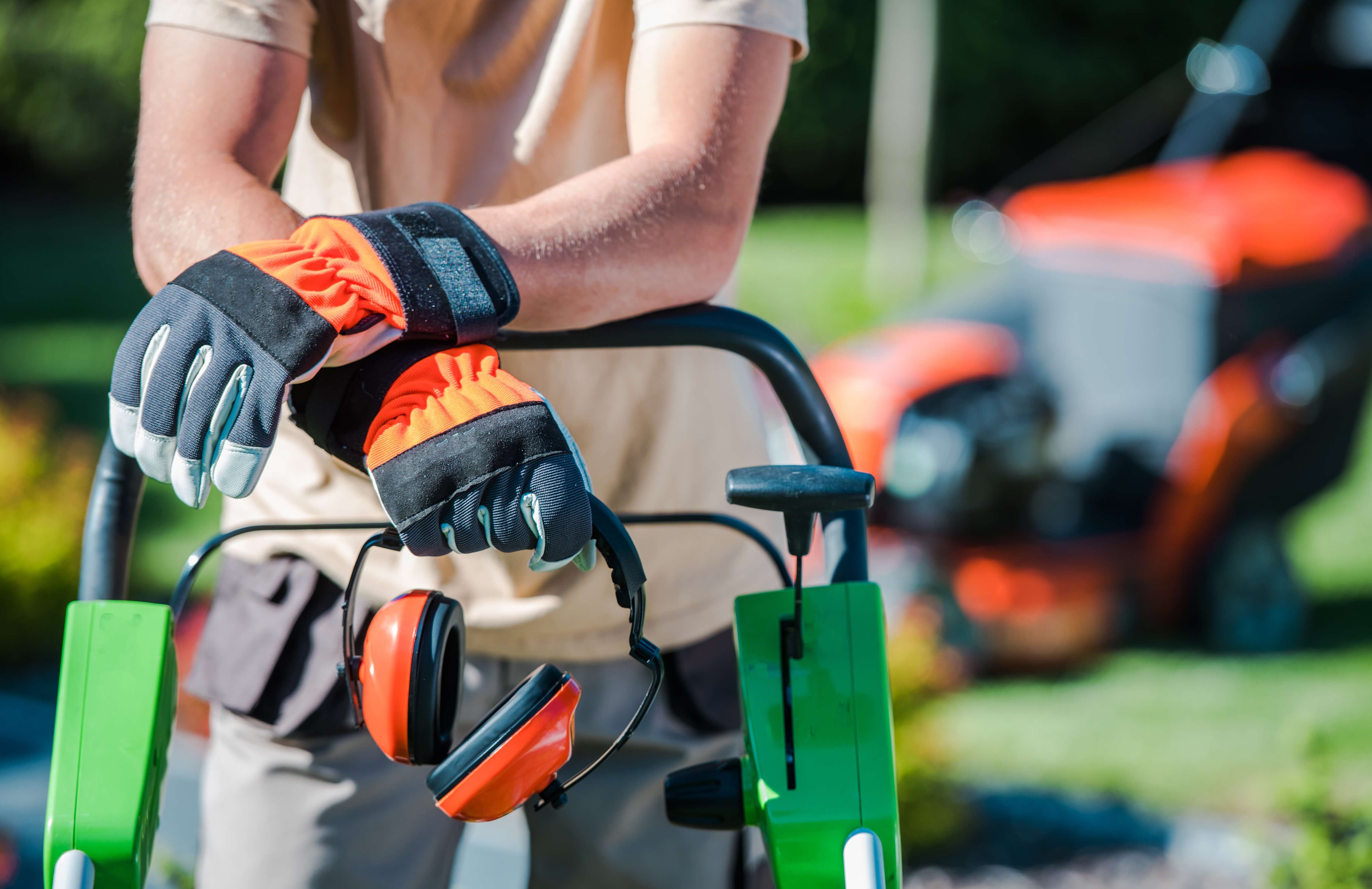Landscaping can be a competitive and rewarding field, and years of hard work can help organizations establish a strong customer base and reputation. However, many business owners don’t realize how many exposures they must address to keep their business operating smoothly.
Depending on the complexity of your landscaping company, there are a number of exposures to consider, including risks related to property, worker injuries and even the environment. The list below provides an overview of these industry risks—helping you identify potential blind spots in your risk management and insurance programs.
- Property—including your tools, equipment, supplies, signage and similar items—plays a key role for your organization. And, in the event of a loss caused by fires, theft or vandalism, your landscaping firm can suffer major financial damages. For instance, should a fire break out in your storage area, your firm could lose thousands of dollars worth of lawn care equipment in an instant. What’s more, a single incident can affect multiple aspects of your property, compounding costs and downtime for your business.
- Landscapers depend on functioning equipment to service their customers effectively. In the face of an equipment breakdown (e.g., a lawnmower stops working), landscaping operations can experience business interruptions or even prolonged closures. Specifically, a business owner’s mowers, blowers, chainsaws and tillers all have the potential to break down, causing major disruptions that can impact your reputation and bottom line.
- Depending on the services your landscaping firm provides, employees may be required to operate a vehicle on behalf of your business, creating automobile exposures in the process. While important for daily operations (e.g., driving from job site to job site or transporting tools), the use of a vehicle can lead to potential accidents and major insurance claims. What’s more, if you allow employees to use their own vehicles for work, standard commercial auto policies are often not enough.
- As a landscaper, your work regularly involves the transport of equipment, tools and supplies to and from your worksite. As such, inland marine risks are vast, and any property that’s unique or valuable in transit, in your temporary care, stored at fixed (but movable) locations or used to transfer information represents major exposures. Specifically for landscaping companies, materials and tools in transit, mobile equipment (e.g., trimmers or weed whackers), and rented and leased equipment are all potential, costly losses following an incident.
- Any time one of your employees is injured on the job, your business could be subjected to expensive workers’ compensation claims. Common sources of on-the-job accidents for landscaping operations include cuts, heat exhaustion, slips, trips, falls, musculoskeletal injuries caused by repetitive tasks, sprains and strains. Normal, everyday tasks related to trimming hedges, laying sod and pushing equipment can all lead to accidents and, in turn, increased costs for your business.
- During the course of their work, landscapers open themselves up to serious environmental liability. Specifically, pesticides, herbicides and other fertilizers have the potential to pollute the environment. Environmental incidents are particularly concerning for businesses because they can cause harm to the surrounding community, involve costly cleanup and often cause damage to a business’s reputation.
- Crime can be a challenge for landscapers. Not only do they have to worry about expensive equipment and materials stored on the job site, but employee dishonesty is a primary concern as well. Your business can become the victim of crime in a variety of scenarios, including when making orders, billing customers and leaving job sites unattended.








